Lee Bae’s fascination with charcoal continues to burn bright
The South Korean artist explores charcoal for an exhibition at Galerie Perrotin’s New York outpost
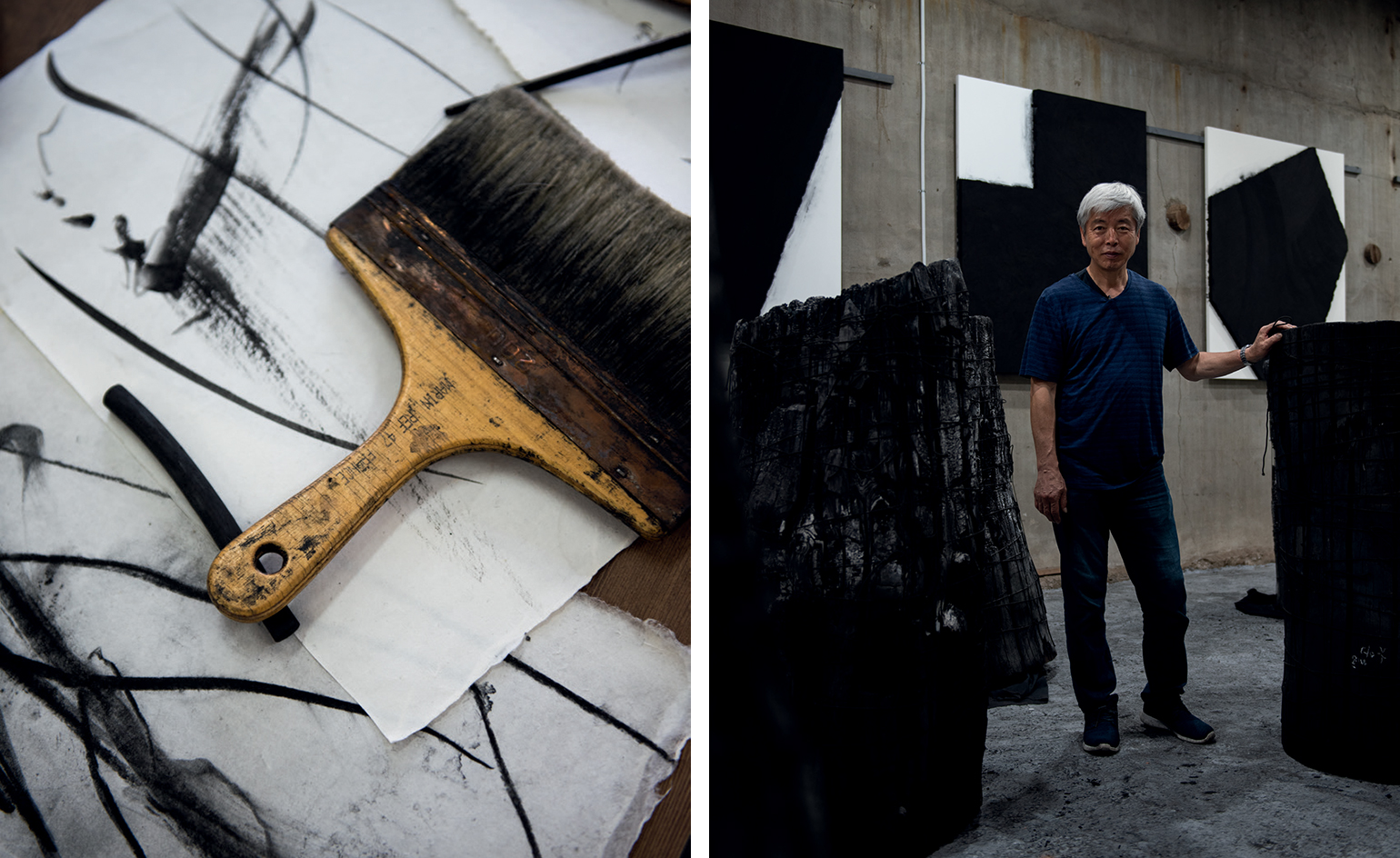
In 1990, Lee Bae was a classic starving artist, a 34-year-old immigrant from South Korea working in a squat in a dodgy suburb of Paris. Lacking money for paint, he went to a service station and bought a bag of charcoal. Sitting in his current Paris studio, a two-storey apartment overlooking the Canal de l’Ourcq, he recalls, ‘The first time I saw it, I thought: “Ah, I come from
a place that knows all about black.” He explains that Koreans had been making ink sticks from the soot of pine trees since around 4000BC. Now, far from home, ‘It was charcoal that gave me my culture.’
In Korea, charcoal is considered a purifier, a protector, a part of daily life. Every year, for the Moon House Burning festival, Lee’s home town lights a bonfire of pine trunks covered with wishes on paper, then distributes the charcoal to villagers. Traditional houses are constructed on a charcoal foundation, to keep humidity and insects away, and Korean families also hang charcoal over the door when a baby is born, to ward off sickness. And in charcoal, Lee found artistic inspiration, ‘the richness of a poor material’. Back home, he had worked mainly in colour. Now he found that charcoal contained an infinite variety of blacks – and that was enough.
At first he employed it like a crayon on paper. Then he started mixing it with
a semi-transparent fixative, caking it thickly onto canvas in large geometric shapes with blurry edges.
At times, he polished shards of charcoal to highlight the different ways their wood grain reflected the light, arranging and gluing them onto the canvas like a mosaic in black. In 1997, he bought a traditional hanjeungmak sauna, located in the mountains near Cheongdo (where he was born), and started having his charcoal made there. Tree trunks were held together with elastic cord in the kiln, and Lee presented the charred results, still bound, as sculptural installations.
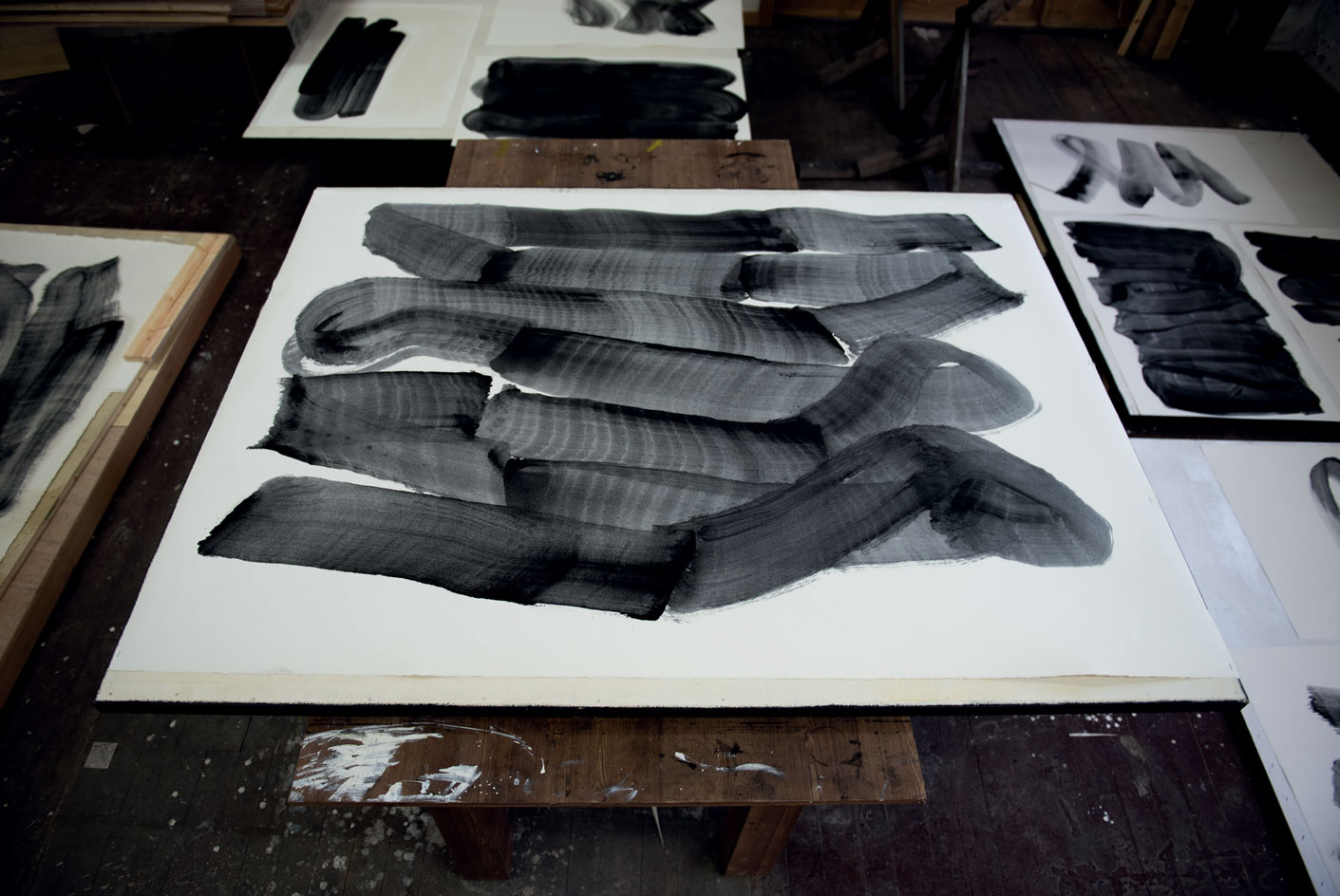
Process shot of Lee's charcoal on paper works from a new series entitled Dessin
In the early 2000s he decided to modify his painting technique, marking the transition with a symbolic ceremony in which he tossed his charcoal powder
up into the air. He continued to use the material, but differently, contrasting it with a synthetic medium in white. Whereas they had been rough in texture,
his paintings now became smooth and waxy-looking. He mixed a base from acrylic medium and resin, then painted a motif over it in carbon black. By alternating the two techniques in layers, he obtained a flat surface with surprising depth.
The black motif was embedded densely into the creamy white background, reminiscent of how Korean hanji paper absorbs India ink. ‘I wanted an effect like calligraphy,’ says Lee. But his symbols are not calligraphy; they’re abstract. Every morning, he does 20-30 quick sketches on paper with a brush and either charcoal paint or India ink. These are unplanned and spontaneous, as he allows his subconscious, ‘the memory of his body’,
to guide his hand. Later, he chooses the sketches that please him and transfers the motifs onto canvas.
He demonstrates, mixing charcoal paint from Korean bamboo, pine and water, then making a series of small strokes on paper with his paintbrush. The effect is simple yet stunning – three dimensional figures appear to be leaping off the page. ‘I don’t look for the concept until after the gesture,’ he explains. He points at a large painting with three bold horizontal lines that remind him of a farmer’s field. Another makes him think of the bamboo he played with as a child. A curving line is like a river, while a dramatic swirl recalls an orchestra conductor. Each line is remarkably precise; even drips like Jackson Pollock splatters have been meticulously applied one by one.
I thought I might lose myself and become American, when the motivation for leaving my home was to find my Korean identity
The artist was born in the village of Cheongdo
in 1956, when South Korea was desperately poor. His father was a peasant and, as the eldest child of five, Lee was expected to take over the farm. But when he was 13, an art teacher at his school took an interest
in his work and asked for a sketch, which would later earn him a national student art prize. As a result, he received a grant to study art at a high school in the nearest big city, then pursued fine arts at university in Seoul. He left South Korea hoping to expand his horizons and develop an international career.
His original plan was to live in the US, but he found the art scene there overwhelming. ‘I thought I might lose myself and become American, when the motivation for leaving my home was to find my Korean identity.’ Paris seemed softer and more welcoming, and there was a Korean art community – he served as Lee Ufan’s assistant for seven years in the 1990s. He learned to speak French and converted to Christianity, but has never lost his connection to South Korea, where he returns three to four times a year. He maintains studios in Cheongdo and Seoul, and currently has plans for a third on Ulleungdo Island. For more than 20 years, his charcoal has come from his kiln in the mountains, from a variety of newly fallen trees.
Virginia Moon, assistant curator of Korean art at the Los Angeles County Museum of Art, who went
to meet the artist in South Korea last summer, says, ‘Lee Bae’s works do not insist; they simply are. Therein lies their effortless power and peaceful grace.’
Galerie Perrotin, which has worked with Lee since 2017, is hosting an exhibition of his work in New York this winter. The gallery is showing early charcoal canvases alongside his most recent creations, a forest made from 24 charcoal sculptures and some large-format charcoal drawings. Lee’s techniques have started to evolve again. After his period of smooth paintings, he is returning to the brushstroke. He has also introduced colour, starting with red, peeking out from behind the black. He is even making bronze versions
of his carbonised tree trunks. But one thing that does not change is the artist’s fascination with charcoal. ‘There is such strong energy within,’ he says. ‘You set
it alight and it burns.’
As originally featured in the December 2019 issue of Wallpaper* (W*249) – on newsstands now
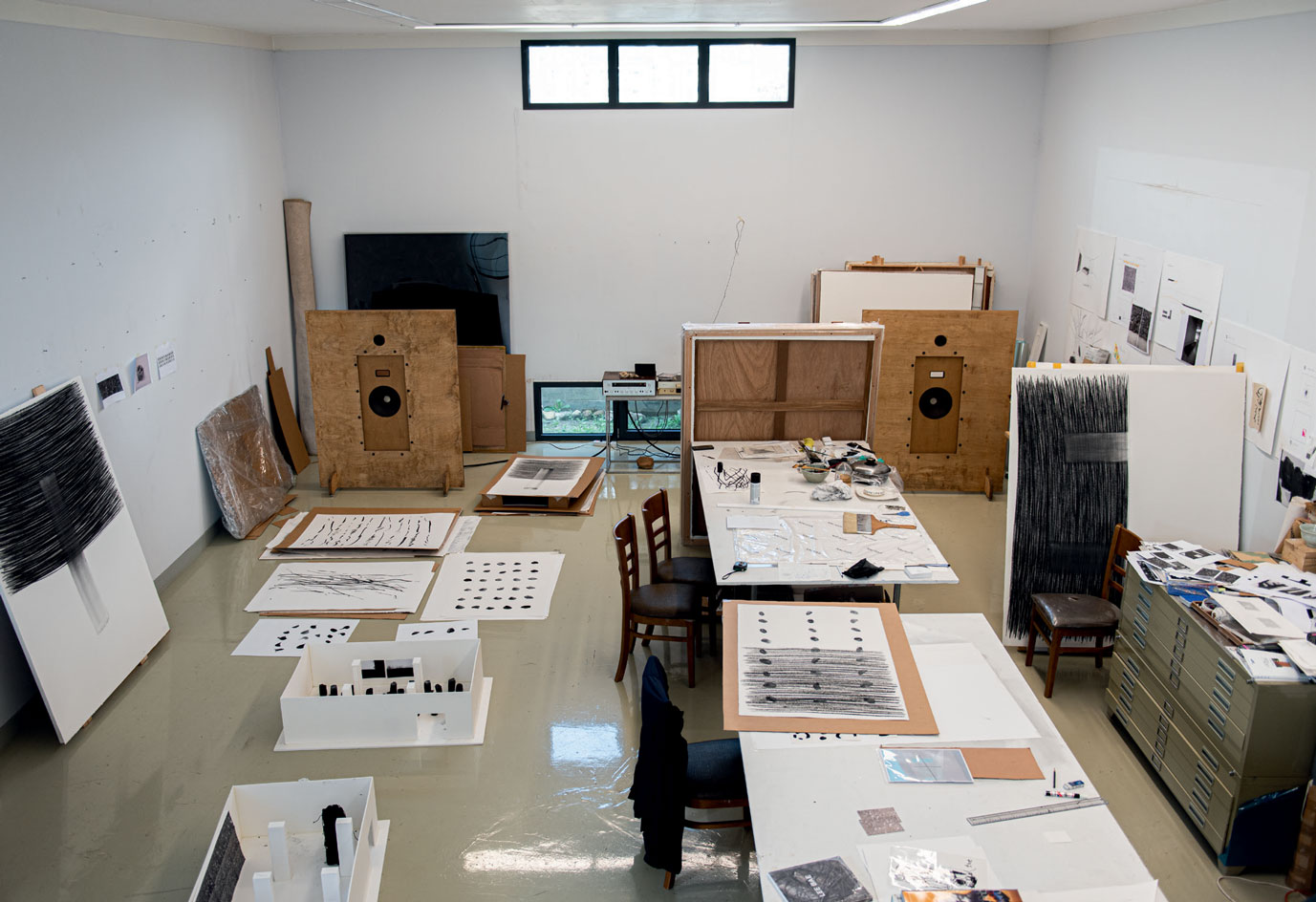
Works in progress at Lee’s studio
INFORMATION
‘Promenade’, until 1 February 2020, Galerie Perrotin. perrotin.com; leebae.art
ADDRESS
Galerie Perrotin
130 Orchard Street
New York
Receive our daily digest of inspiration, escapism and design stories from around the world direct to your inbox.
Amy Serafin, Wallpaper’s Paris editor, has 20 years of experience as a journalist and editor in print, online, television, and radio. She is editor in chief of Impact Journalism Day, and Solutions & Co, and former editor in chief of Where Paris. She has covered culture and the arts for The New York Times and National Public Radio, business and technology for Fortune and SmartPlanet, art, architecture and design for Wallpaper*, food and fashion for the Associated Press, and has also written about humanitarian issues for international organisations.
-
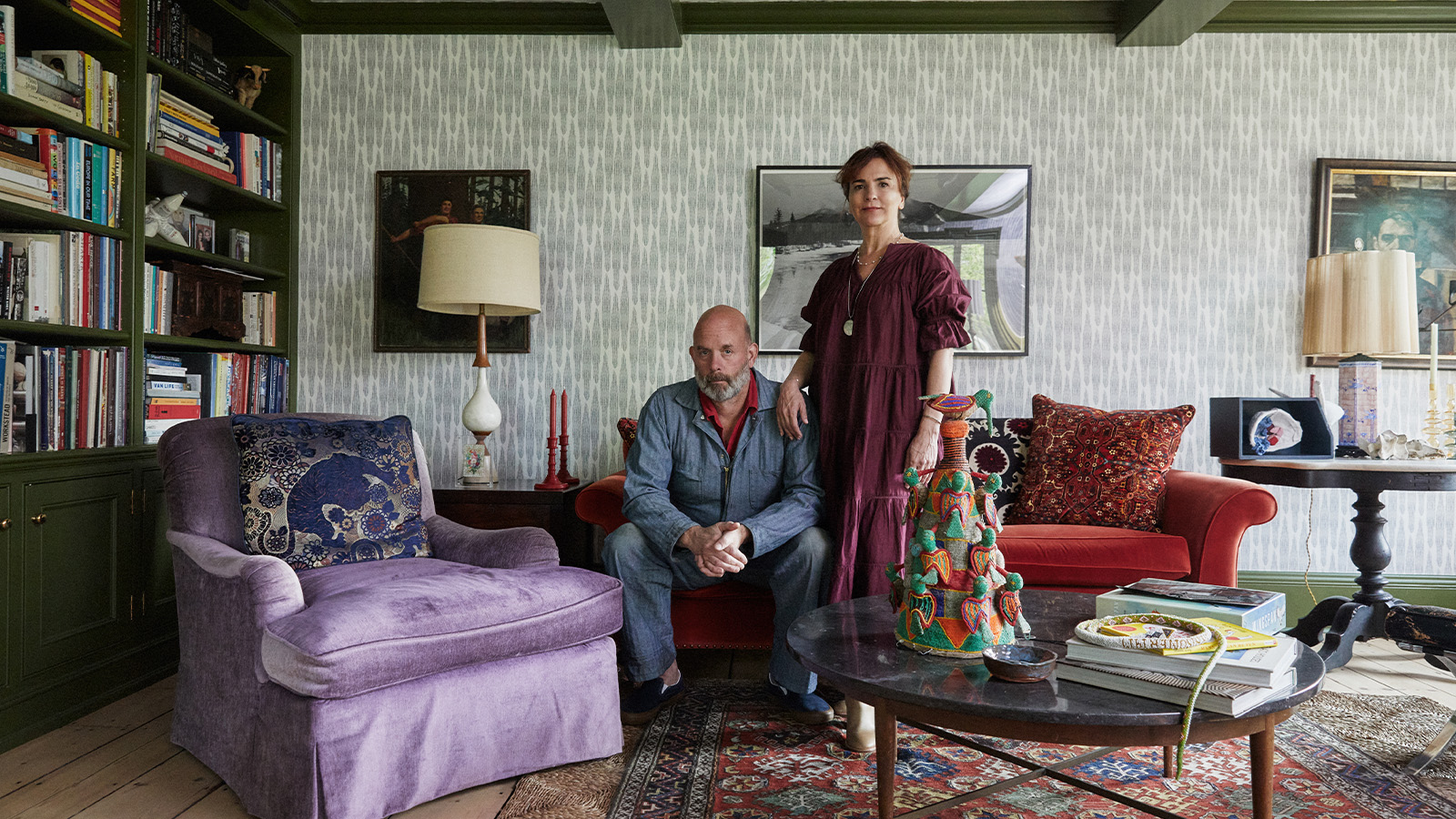 How We Host: Interior designer Heide Hendricks shows us how to throw the ultimate farmhouse fête
How We Host: Interior designer Heide Hendricks shows us how to throw the ultimate farmhouse fêteThe designer, one half of the American design firm Hendricks Churchill, delves into the art of entertaining – from pasta to playlists
-
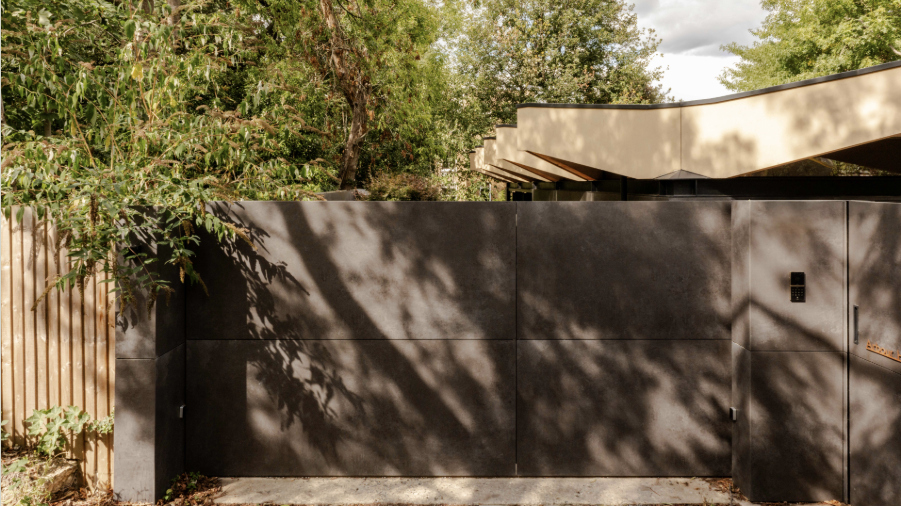 Arbour House is a north London home that lies low but punches high
Arbour House is a north London home that lies low but punches highArbour House by Andrei Saltykov is a low-lying Crouch End home with a striking roof structure that sets it apart
-
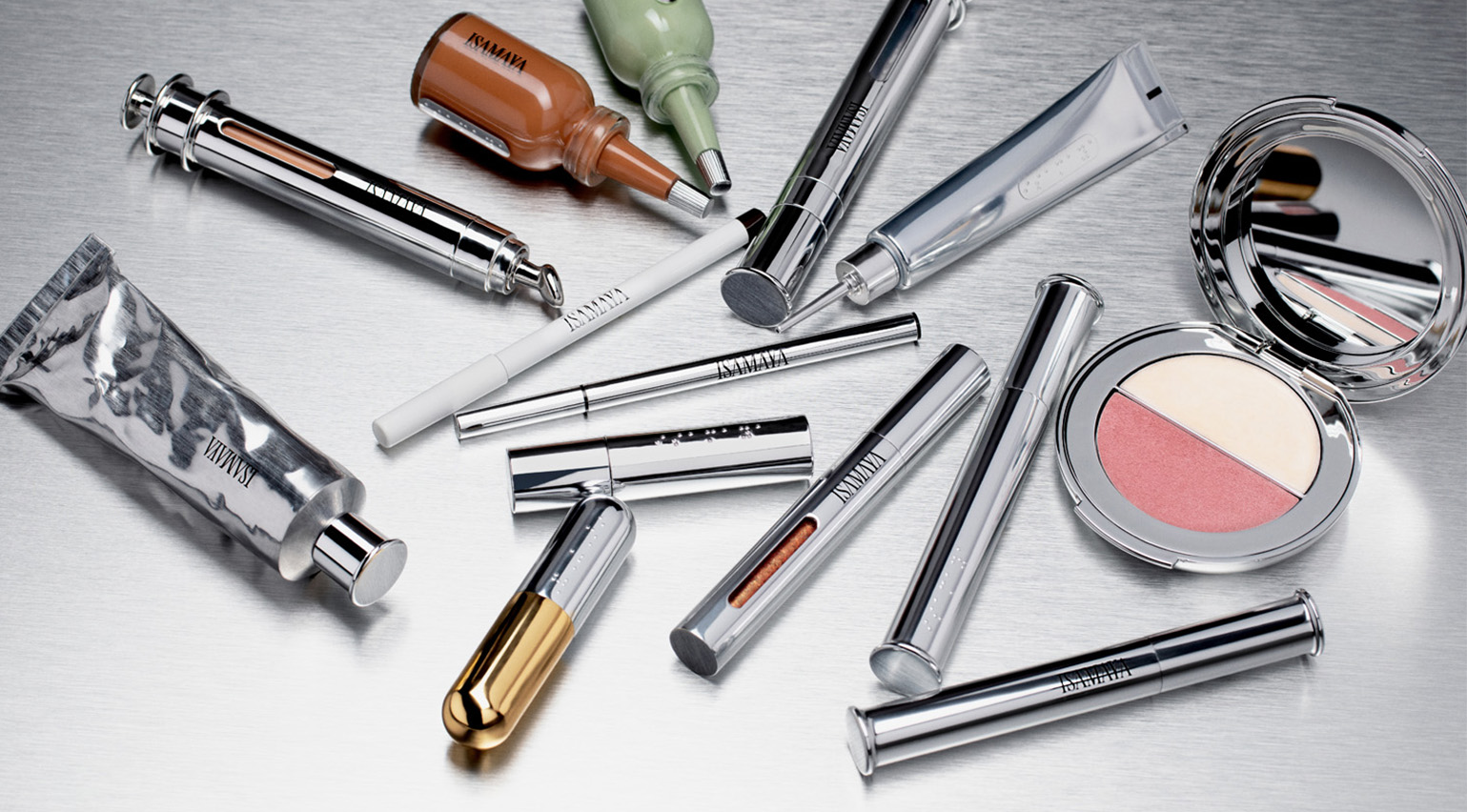 25 of the best beauty launches of 2025, from transformative skincare to offbeat scents
25 of the best beauty launches of 2025, from transformative skincare to offbeat scentsWallpaper* beauty editor Mary Cleary selects her beauty highlights of the year, spanning skincare, fragrance, hair and body care, make-up and wellness
-
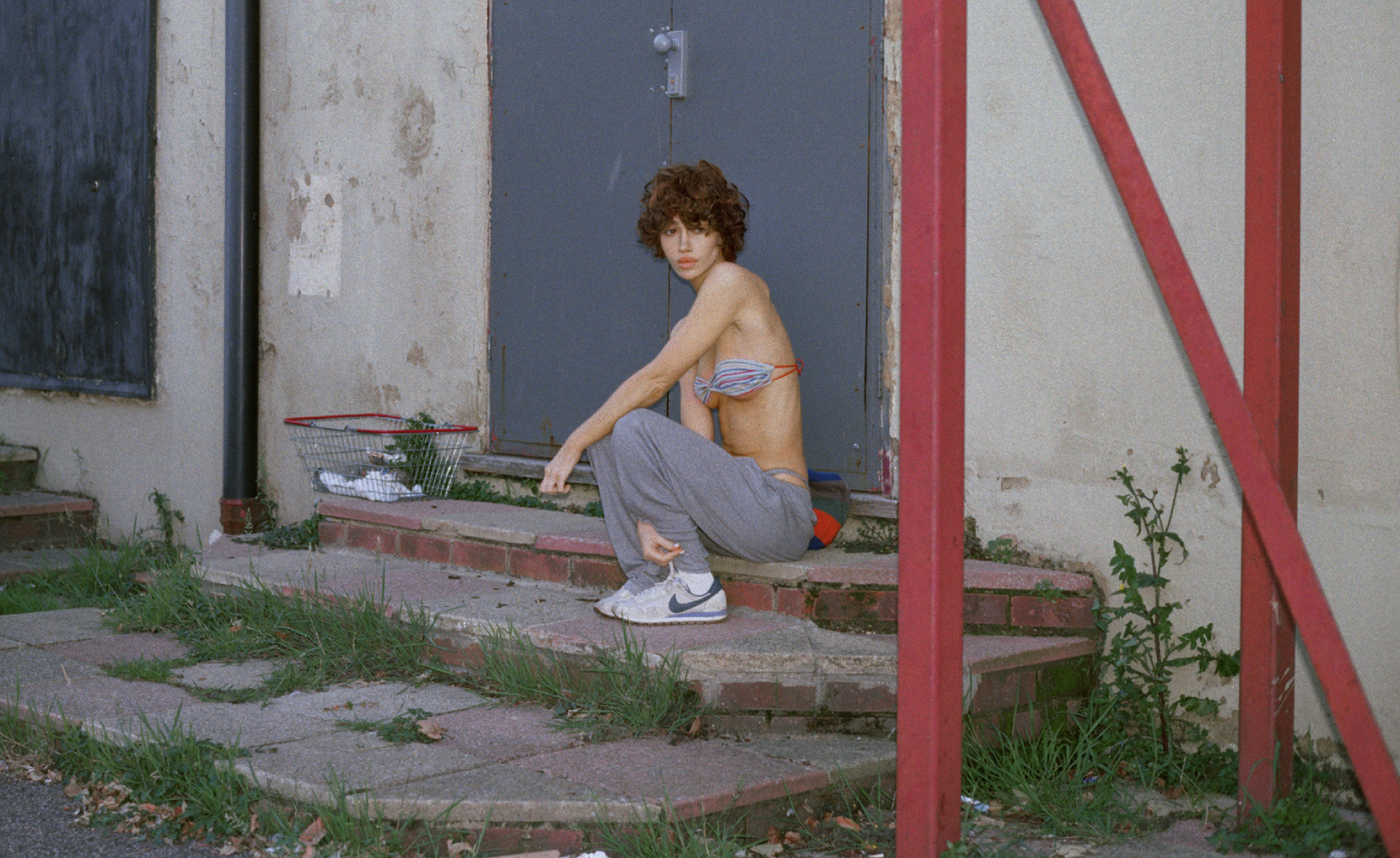 Nadia Lee Cohen distils a distant American memory into an unflinching new photo book
Nadia Lee Cohen distils a distant American memory into an unflinching new photo book‘Holy Ohio’ documents the British photographer and filmmaker’s personal journey as she reconnects with distant family and her earliest American memories
-
 Out of office: The Wallpaper* editors’ picks of the week
Out of office: The Wallpaper* editors’ picks of the weekIt’s been a week of escapism: daydreams of Ghana sparked by lively local projects, glimpses of Tokyo on nostalgic film rolls, and a charming foray into the heart of Christmas as the festive season kicks off in earnest
-
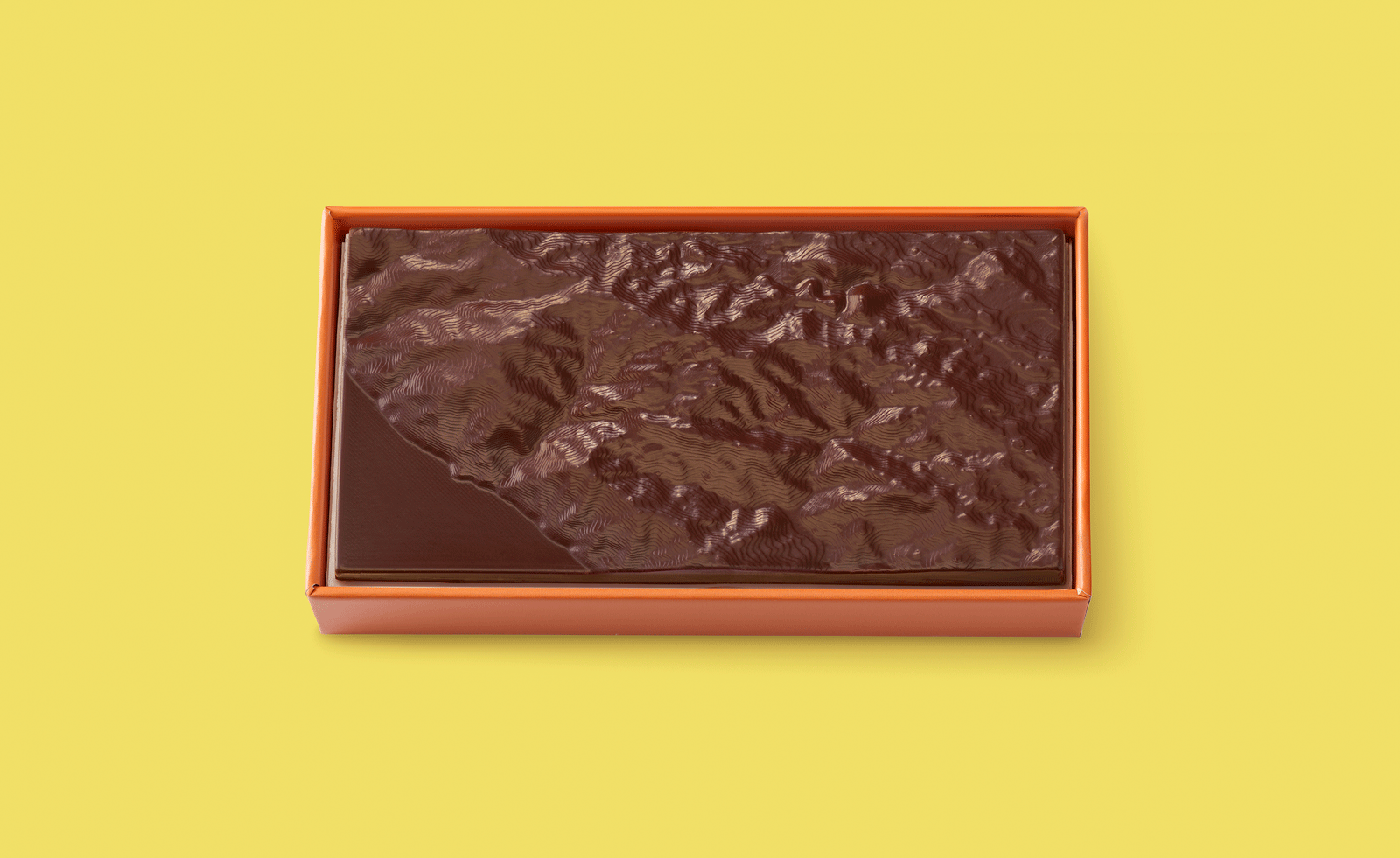 Ed Ruscha’s foray into chocolate is sweet, smart and very American
Ed Ruscha’s foray into chocolate is sweet, smart and very AmericanArt and chocolate combine deliciously in ‘Made in California’, a project from the artist with andSons Chocolatiers
-
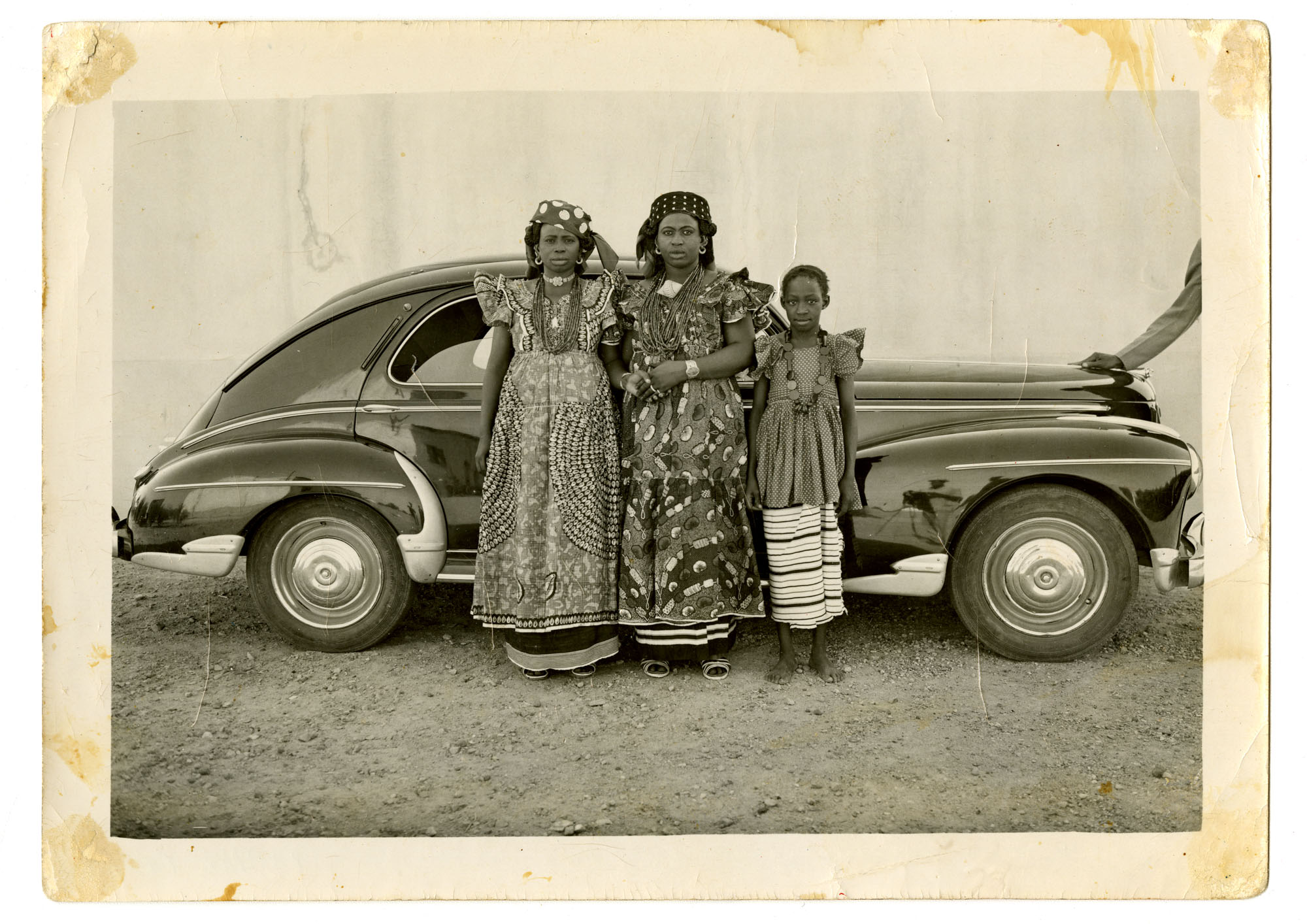 Inside the work of photographer Seydou Keïta, who captured portraits across West Africa
Inside the work of photographer Seydou Keïta, who captured portraits across West Africa‘Seydou Keïta: A Tactile Lens’, an exhibition at the Brooklyn Museum, New York, celebrates the 20th-century photographer
-
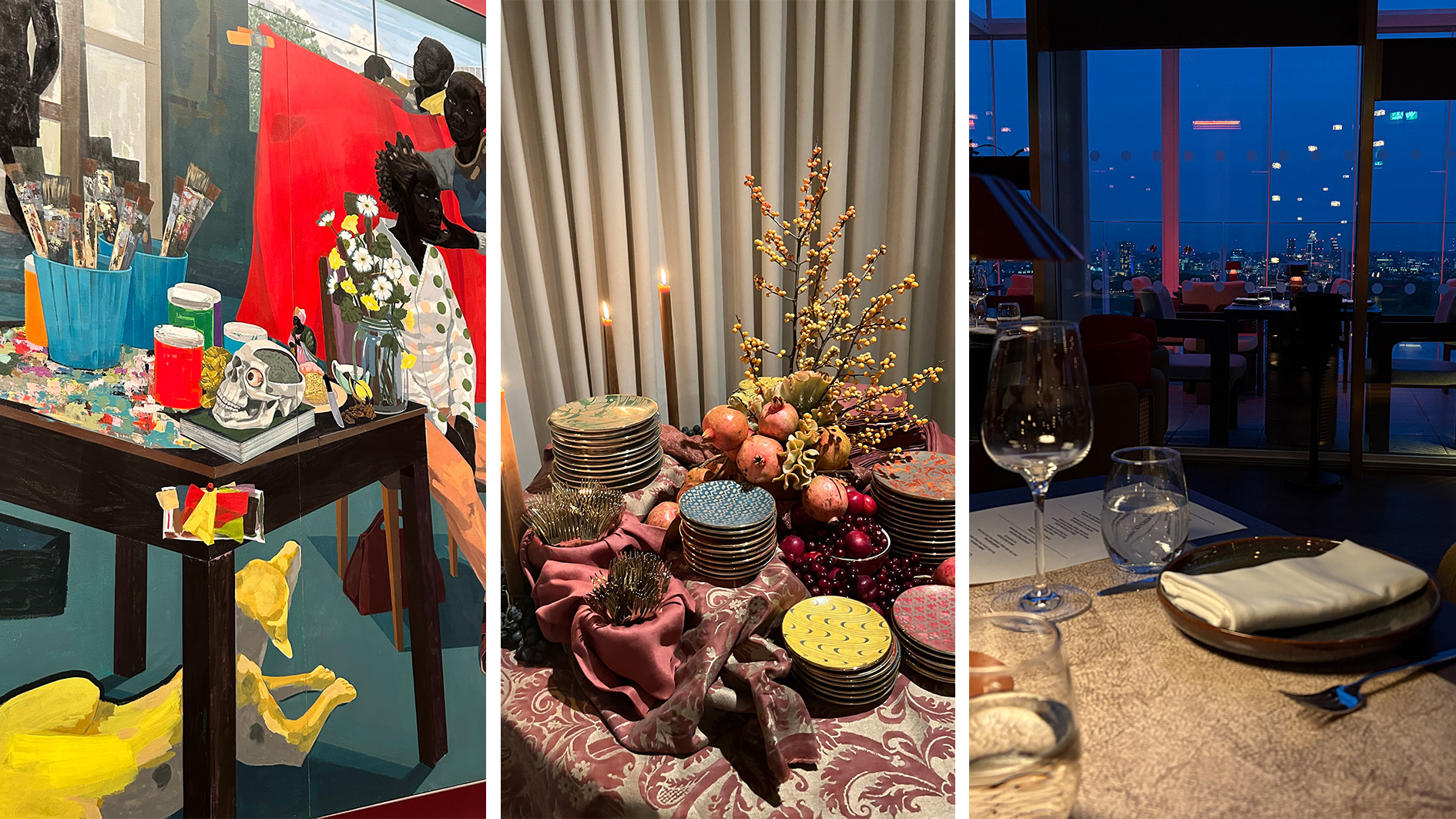 Out of office: The Wallpaper* editors’ picks of the week
Out of office: The Wallpaper* editors’ picks of the weekFrom sumo wrestling to Singaporean fare, medieval manuscripts to magnetic exhibitions, the Wallpaper* team have traversed the length and breadth of culture in the capital this week
-
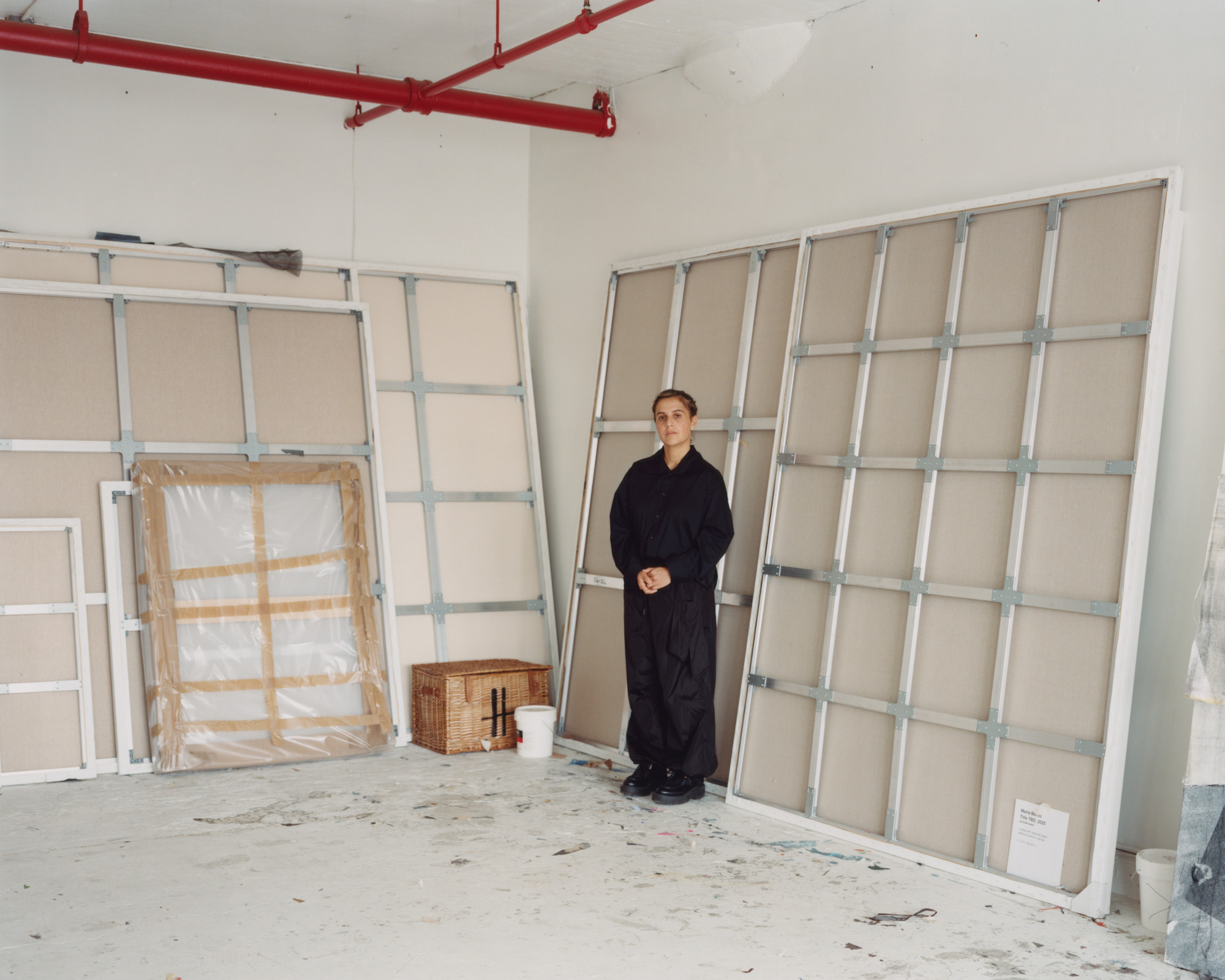 María Berrío creates fantastical worlds from Japanese-paper collages in New York
María Berrío creates fantastical worlds from Japanese-paper collages in New YorkNew York-based Colombian artist María Berrío explores a love of folklore and myth in delicate and colourful works on paper
-
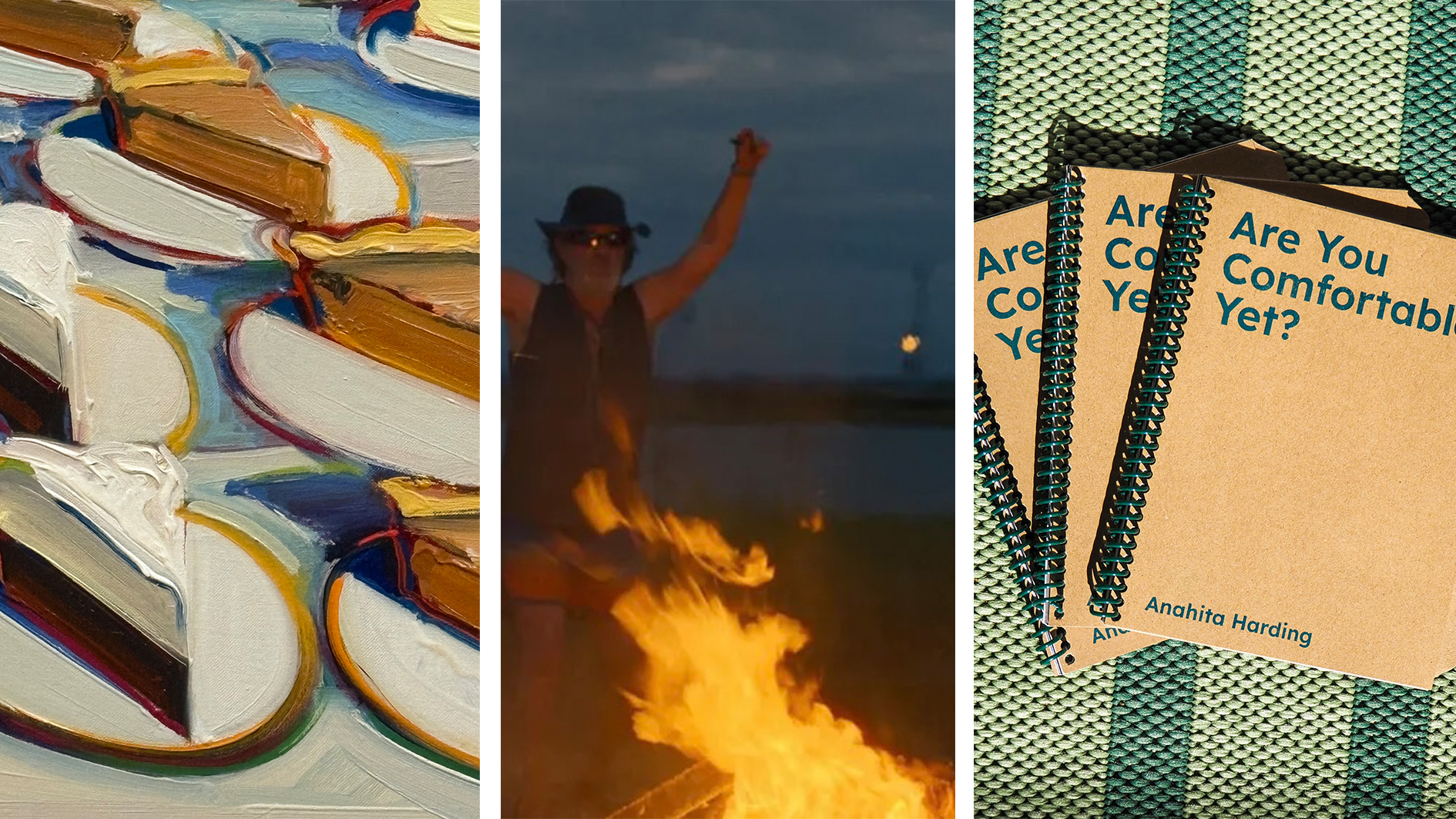 Out of office: the Wallpaper* editors’ picks of the week
Out of office: the Wallpaper* editors’ picks of the weekAs we approach Frieze, our editors have been trawling the capital's galleries. Elsewhere: a 'Wineglass' marathon, a must-see film, and a visit to a science museum
-
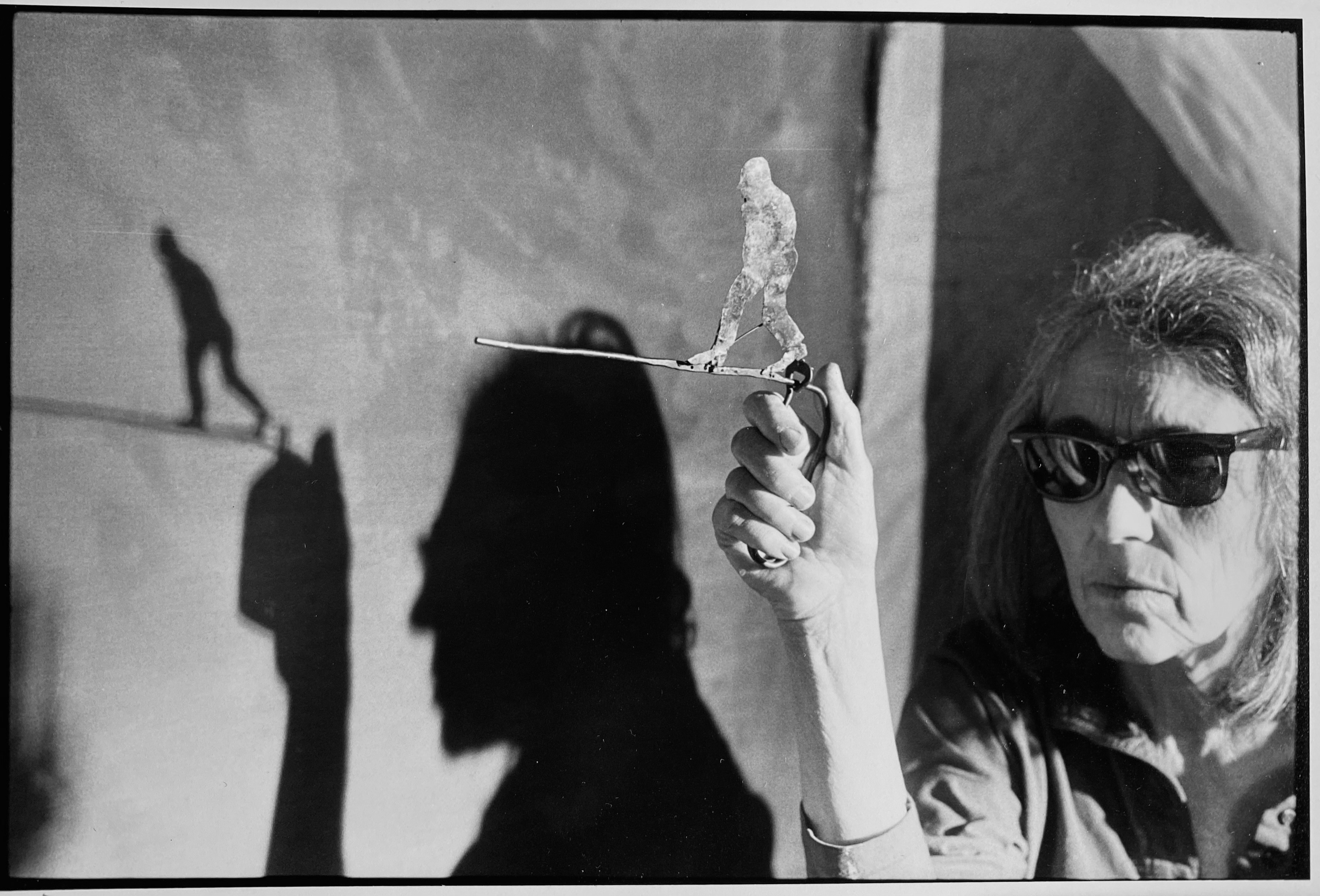 June Leaf’s New York survey captures a life in motion
June Leaf’s New York survey captures a life in motionJune Leaf made art in many forms for over seven decades, with an unstoppable energy and fierce appetite leading her to rationalise life in her own terms.